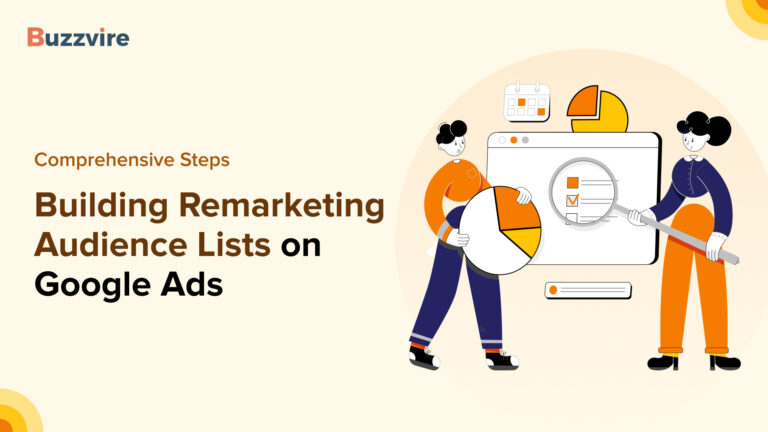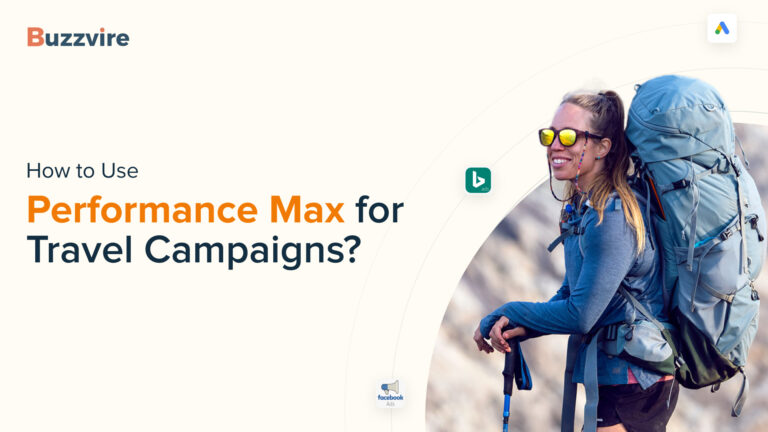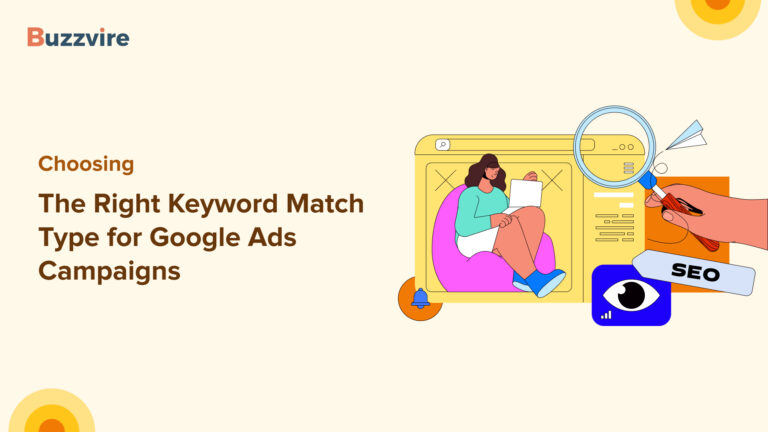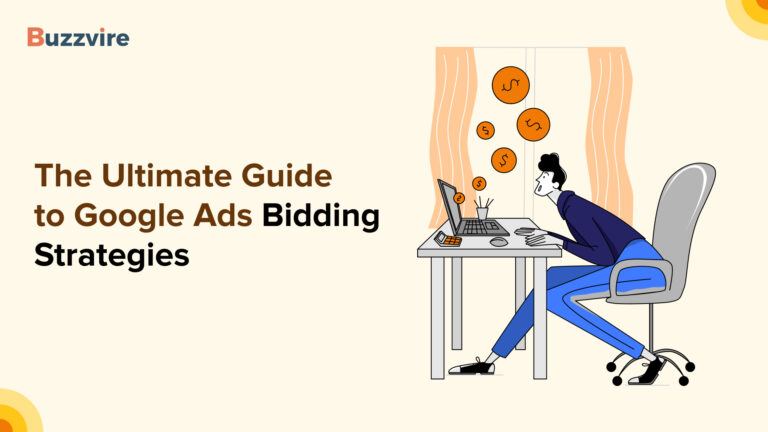Various popular platforms are capitalizing on the data they gather by incorporating paid advertising. Many options are available, whether it’s the established giants like Google and Bing, the disruptive forces of Facebook and LinkedIn, or the emerging players like TikTok. These platforms have realized that they can generate substantial revenue through biddable media, leading them to allocate more space for advertisements in recent years.

While this presents more significant opportunities, it also implies a rising level of competition in the market. It has become increasingly more work to rely solely on organic channels (non-paid avenues) to drive desired traffic.
Businesses are tempted to purchase ads and thrive in a crowded landscape. They feel compelled to conform. After all, attaining the top spot in Google search results is not centered solely around organic content in today’s times; often, it necessitates paying to stay competitive.
What are Paid Advertising Platforms?
Paid advertising is a kind of internet advertising in which marketers compete in real-time auctions to have their adverts appear in specific slots on a platform or network.
It’s also known as pay-per-click (PPC) or biddable media. Pay-Per-Click, or PPC, marketing requires payment only when a potential customer interacts with your ad.
Types of Paid Advertising Platforms

Various paid advertising platforms allow businesses to promote their products or services. Some popular examples are as follows:
- Google Ads
- Facebook Ads
- Instagram Ads
- Twitter Ads
- LinkedIn Ads
- YouTube Ads
These platforms offer different targeting options and ad formats to help reach specific audiences and achieve marketing goals.
We will discuss Google Ads and Facebook Ads for now; future articles could address other platforms.
What is Google Ads?
Google Ads is a feature provided by Google that enables businesses to promote themselves by paying to appear on Google. This method, known as pay-per-click (PPC), assists companies in increasing their visibility among a wider audience. The search ad is the most widely used form of Google Ads.
When users search for products or services related to the advertiser’s offerings, these ads appear on the search engine results page (SERP). Apart from search ads, there are other varieties of Google Ads, such as display ads, shopping ads, and YouTube ads, which businesses utilize for marketing.
Features of Google Ads

Intelligent Insights: Unlock data-driven recommendations and optimize ad campaigns effectively.
Enhanced Audience Targeting: Reach the target audience precisely and increase engagement and conversions.
Dynamic Ad Personalization: Craft customized ad experiences that adapt to each user dynamically.
Voice Search Integration: Tap into voice search trends and expand reach to voice-enabled devices.
AI-Driven Automation: Automate tasks, maximize efficiency and improve campaign performance.
Cross-Channel Integration: Extend advertising reach across multiple channels for a consistent brand experience.
Real-Time Performance Tracking: Keep an eye on things in real-time and adjust your advertising tactics.
Ads with Better Formatting: Advertisements that are aesthetically appealing and engaging to users are more likely to succeed.
Better Monitoring of Conversions: Learn more about the customer’s journey and how your ads perform.
Better Ad Disclosing: Get open data reporting and analytics for smarter decision-making.
Pros and Cons of Google Ads

Pros:
- Vast Reach: Reaching out to people worldwide with Google Ads gives you access to a global audience of billions.
- Personalized Marketing: Ensure the correct people see your advertisements by narrowing down on certain demographics, interests, and keywords.
- Quantifiable Outcomes: You may assess your ads’ efficacy and return on investment with the help of Google Ads’ in-depth analytics and tracking features.
- Adjustable Spending Plans: Ad budgets may be managed daily, weekly, or monthly.
- Direct Exposure: Instantaneous placement in Google search results means increased brand awareness and the possibility of new leads.
Cons:
- Competitive Costs: Competitive bidding for popular keywords may drive up the cost-per-click (CPC) and, ultimately, the total advertising bill.
- Complexity: Effective campaign setup and management on the Google Ads platform calls for dedication of both time and skill.
- Ad Fatigue: Ad blindness occurs when people stop responding to commercials after repeatedly seeing them.
- Pop-Up Blockers: Ad-blocking software is used by certain consumers, reducing your adverts’ exposure and efficiency.
Consider these factors to see whether Google Ads fits your advertising needs and budget.

What are Facebook Ads?
Advertisements on Facebook are paid interactions that companies post on Facebook. You may express yourself freely in writing this way. In addition, the network’s beginner’s guide explains how to find and connect with your ideal friends and family.
This definition relies heavily on the term “paid.” A Facebook post costs nothing, but your audience might be anywhere.
Advertisers can define the audience for a paid ad as narrowly or broadly as they desire.
Features of Facebook Ads
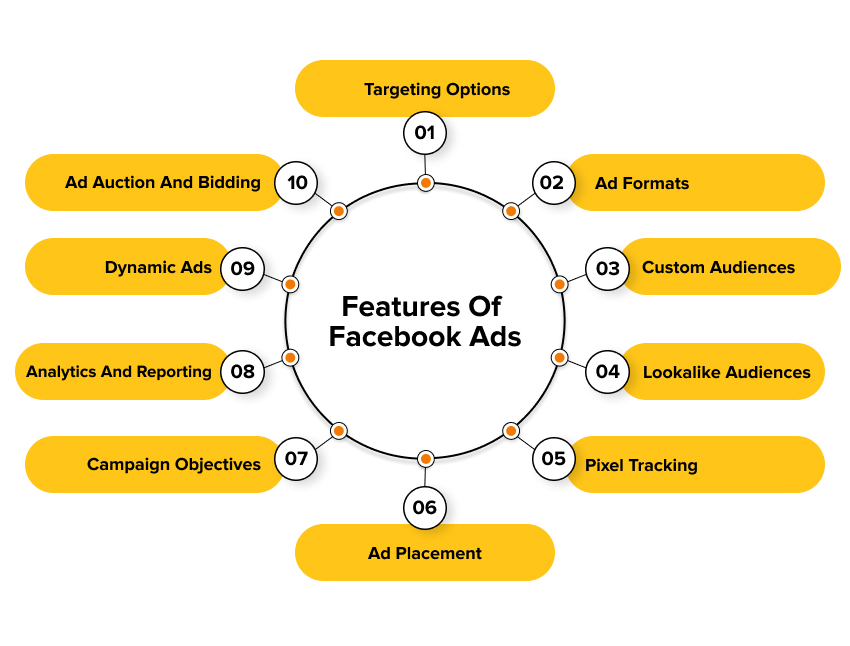
Some features of Facebook ads include:
Possible Targets: Get your message out to targeted groups of people based on their demographics, interests, and actions.
Types of Commercials: Advertisements that use moving pictures, sound, and collections are more successful.
Specific Targets: Focus on your own subscribers or site visitors.
Similar-minded Viewers: Reach more people by focusing on those that are similar to your current clientele.
Pixel Counting: Keep tabs on sales, tweak advertising efforts, and create retargeting lists.
Publicity Spots: Select which platforms (including Facebook, Instagram, Audience Network, and Messenger) to display your advertising on.
The Aims of the Campaign: Align advertising with objectives like exposure, interaction, and sales.
Reporting and Data Analysis: Get in-depth metrics and insights about campaign performance.
Changeable Ads: Advertise appropriate items to the user automatically.
Bids and auctions for advertising space: Determine your budget and bidding strategy to compete for advertising space.
Pros and Cons of Facebook Ads
Pros:
- Target Audience: Facebook’s huge user base means you can get your message out to a wide audience.
- Personalized Marketing: Thanks to Facebook’s precise targeting tools, you can find people who fit your ideal candidate profile.
- Cost-Effective: Facebook Ads may be less expensive than conventional means of recruiting.
- Interaction and Participation: Candidates’ attention and involvement are increased by Facebook Ads’ interactive features like comments, likes, and shares.
- Media-Rich Choices: Images, videos, and carousels are just a few examples of the many advertising formats you may use to promote your employer brand.
Cons:
- Ads are too pervasive: Users may get indifferent to your recruiting advertisements owing to the overwhelming number of similar posts they see on Facebook.
- Weak Professional Connections: Since Facebook is largely a social network, it may be difficult to narrowly target experts in certain fields or occupations.
- Data Protection: Facebook’s recruiting advertisements may put off some job seekers because of the platform’s questionable history with user data protection.
- Prioritizing Mobile: Ads on Facebook’s desktop site may not appear or function as well on mobile, and vice versa.
- Variability in Ad Performance: Targeting, ad design, and competition are just a few variables that may affect how successful Facebook Ads are, so they need to be constantly optimized and monitored.
Overview of Other Paid Advertising Platforms
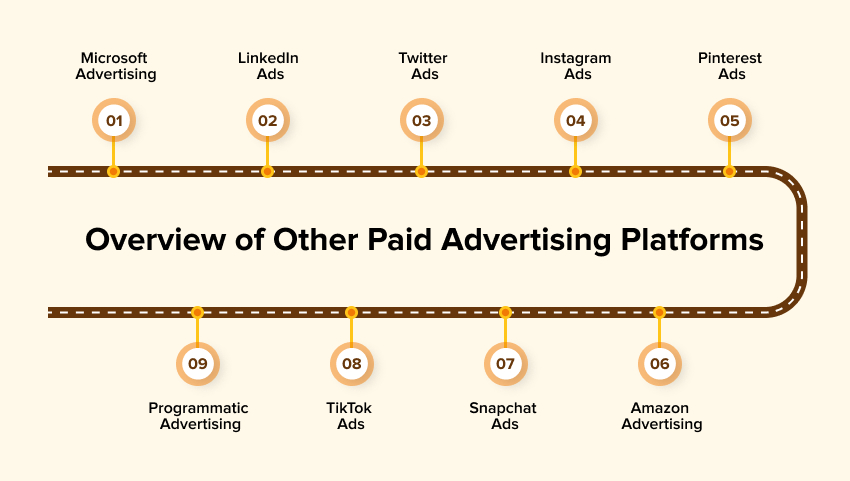
- Microsoft Advertising: Microsoft Advertising, previously known as Bing Ads, targets users of the Bing search engine and its partner websites, making it a competitor of Google AdWords.
- Display Ads on LinkedIn: By targeting certain industries, job titles, and professional interests, LinkedIn Ads help businesses reach a highly qualified audience.
- Ads on Twitter: These Ads let businesses advertise their products or services, build brand awareness, and engage with their target audience via paid tweets, trends, and accounts.
- Banner Ads on Instagram: Instagram, which Facebook owns, is great for companies with a strong visual component or for reaching a younger population due to its aesthetically attractive ad layouts and accurate audience targeting.
- Ads on Pinterest: By promoting pins and using visual material to promote engagement and website traffic, Pinterest Ads allow companies to target consumers actively seeking inspiration and ideas.
- Amazon Advertising: Targeting particular items, categories, or consumer search phrases is possible with Amazon Advertising, enabling companies to connect directly with customers on the e-commerce marketplace.
- Ads on Snapchat: Vertical video advertising, augmented reality experiences, and sponsored content are just some ways that Snapchat advertising lets companies connect with Snapchat’s youthful user base.
- Ads on TikTok: Companies can use TikTok Ads to promote their products and services to a dedicated audience with short-form videos and sponsored challenges.
- Advertising Programmatically: With programmatic advertising, ad space is bought and sold automatically, with real-time bidding and data-driven insights used to target particular audiences across many websites and channels.
Due to the ever-changing nature of the advertising industry, several platforms may alter their offerings or add new ones. Knowing what’s new and what’s popular in your field is crucial.
How to Choose the Right Paid Advertising Platform for Your Business?
If you want to increase your company’s online exposure and boost conversions, you need to choose the correct paid advertising platform. The abundance of alternatives demands careful consideration and research.
Factors to Consider When Choosing a Platform
Think as your audience does and observe how they use the internet. Consider your anticipated readers’ age range and hobbies before settling on a medium. Select a platform with robust targeting features to ensure your message reaches the intended audience.
Ads: Why They’re Necessary: Find out what you want to accomplish via your marketing efforts. Would you like more people to learn about your company, visit your website, sign up for your newsletter, or buy the product you’re promoting? Select a platform that supports your needs and allows you to reach your objectives.
Budget: Reduce wasteful spending on marketing by investigating inexpensive alternatives. Compare the numerous possibilities in light of the metrics they give, such as the CPC, CPM, and CPA.
Common Advertising Formats:
- Check out the provider’s many advertising options.
- Search for companies that can manage display and search ads, video ads, native ads, and social media ads.
- Pick a spot that reflects the high standards of your offering or message.
Scale and Impact: Consider the sheer number of individuals who may be interested in using this service. Consider using a platform with a sizable user population, primarily if that user base represents your target demographic. If you do this, more potential clients will notice your adverts.
Platform Capabilities: Compare the options and features of each platform. You should look at suitable substitutes to better your targeting, audience analytics, conversion tracking, A/B testing, and remarketing. You may refine and improve your marketing efforts with the help of these tools.
Publicity Messages: Think carefully about how stable the platform is. Look for sites that provide tutorials, documentation, and support options like email and chat. For effective problem-solving and teaching, having support workers readily available is essential.
Combined and compatible: Check that the platform works well with any other marketing software or solutions you use. Third-party technologies, such as Google Analytics, customer relationship management software, and marketing automation systems, should be straightforward to connect with your preferred platform.
Metrics and Outcomes: Evaluate the platform’s report-making and data-analysis capabilities. You should search for a platform that tracks your click-through, conversion rates, engagement, and return on investment KPIs. You may use this data to see how well your efforts are doing and to make smarter decisions moving forward.
The State of the Market: Learn from the best in your field by investigating their most successful competitors’ marketing strategies. Your product must stand out from the crowd, but researching your rivals’ marketing strategies might provide you insight into how to approach your market.
Do not forget that there is no one “best” platform. Suppose you want to maximize your advertising budget and reach a large audience. In that case, consider using many channels to get your word out. Regularly reviewing and adjusting your paid marketing strategies in light of performance data will provide the best results.
Evaluating Your Business Needs
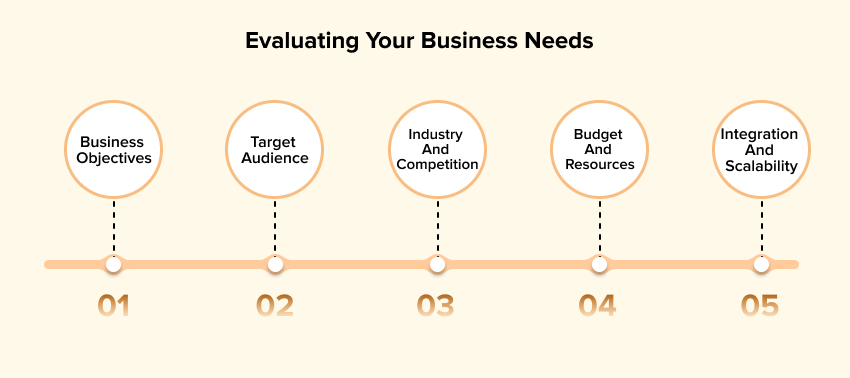
Consider the pros and cons of numerous factors that are unique to your company while assessing its demands.
Aims of the Company: One must first establish corporate objectives. Do you want to increase sales, patronage, interest, or penetration into new or existing markets? Identifying your needs before shopping for a platform can provide better results.
Audience Intended: Your target audience’s preferences should be considered. Who are your ideal clients? Their age range, interests, and digital habits? In order to choose a medium that interests them, you must first understand your target audience.
The Business World and Rivalry: Consider the competition level in your sector. Examine the methods your rivals are using and the results they’ve gotten from them. Keep up with the competition by learning more about successful platforms in your area, which may be gleaned from this data.
Money and Supply: Think about what you can spend and what you have on hand. Find out how much of a budget you have for advertising and how much experience you have in-house to manage campaigns. You may need to devote much time and money to advertising on some sites. Make sure the location you choose can be sustained financially and fits in with your available resources.
Connectivity and Expansion Capability: Think about the tools and resources at your disposal now. Is the platform compatible with your existing set of software and hardware? Check the platform’s scalability to see whether it can handle your anticipated expansion.
Wrap Up
There are several other paid advertising platforms accessible, each with its own set of pros and cons, including Google Ads and Facebook Ads. Careful consideration must be given to the platform’s target audience, budget, ad format flexibility, reach, platform features, support, integration, and performance indicators while making this assessment.
Some channels may have a wider audience reach and more precise targeting choices, while others may provide more competitive pricing or unique ad formats. The success of your paid advertising campaigns may be improved by carefully examining your business’s unique requirements and objectives before deciding on the best platform(s) to use.

FAQs
Google Ads, Facebook Ads, Instagram Ads, LinkedIn Ads, and Twitter Ads are just a few well-known paid advertising networks. Businesses may advertise their wares to a broad audience and with pinpoint precision through these channels.
Google Ads is highly sought-after among paid advertising solutions due to its broad reach, pinpoint targeting capabilities, and quantifiable outcomes. Though it has proven to be successful, it may be pricey, competitive, and demanding constant adjustment.
Facebook Ads allows you to reach a larger audience, thanks to its precise targeting possibilities and efficient ad formats. Powerful analytic and retargeting features are also included. However, it is often oversaturated, must be constantly monitored and optimized, and has a high cost per click (CPC).
Various paid media outlets provide a variety of audience segmentation choices. While Facebook Ads provides in-depth demographic, interest, and behavior-based targeting, Google Ads permits targeting based on terms and user intent. Different channels have different advantages and characteristics when efficiently communicating with specific target groups.
LinkedIn Ads is a paid advertising platform that stands out because it can precisely target users based on their profession, industry, job title, and even the size of their organization. It’s an excellent place for companies to meet other professionals and spread the word about what they offer in a B2B setting.
Based on criteria such as platform popularity, competition, targeted audience, and industry, the cost per click (CPC) differs among paid advertising platforms. It depends on the targeting and bidding strategy of the individual campaign, but in general, larger platforms like Google Ads and Facebook Ads have greater CPCs than smaller ones.
When picking a paid advertising platform, examine target audience demographics, advertising objectives, budget, platform features, ad formats, targeting choices, and performance measurement tools. To optimize advertising efforts, link these criteria with corporate goals.


